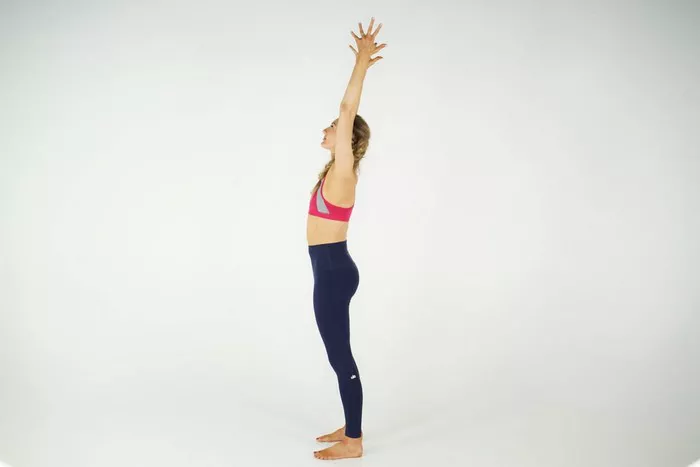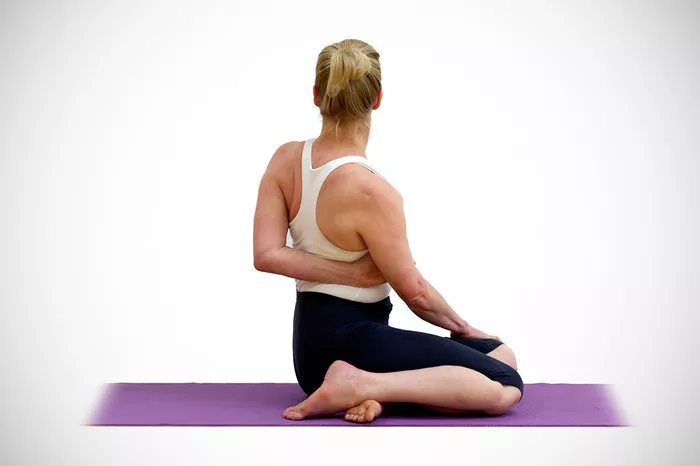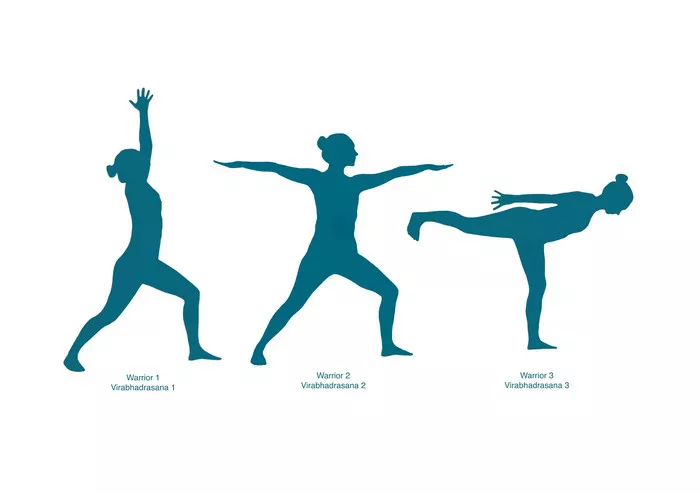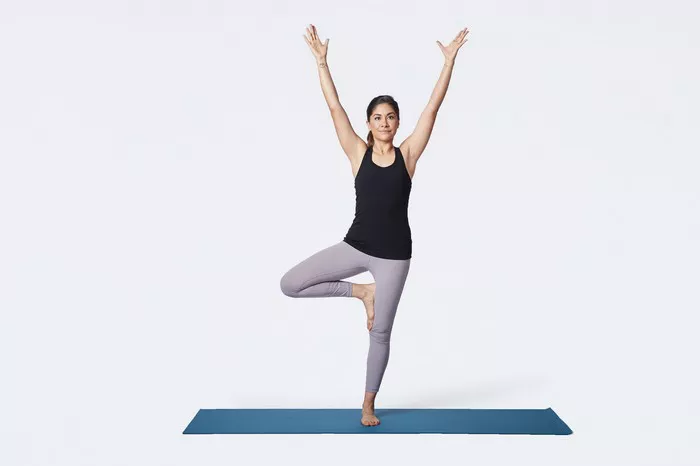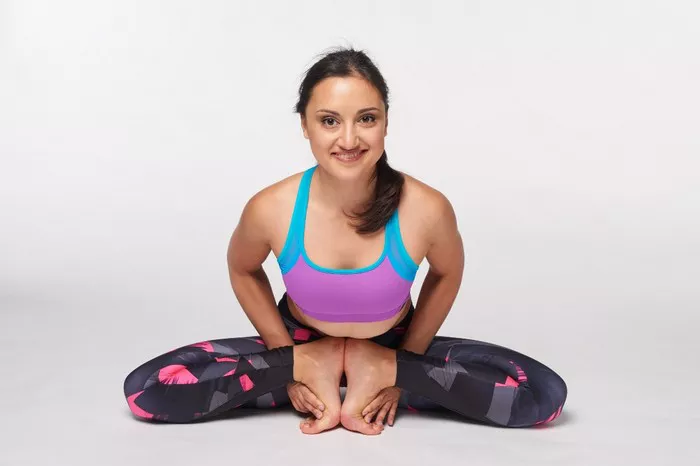Yoga, a centuries-old practice rooted in ancient Indian philosophy, has gained global recognition for its physical, mental, and spiritual benefits. With its widespread popularity, various professional roles have emerged, each serving different purposes and populations. Among them, two roles often cause confusion: yoga teachers and yoga therapists. Although both operate within the domain of yoga, they have distinct responsibilities, training requirements, and objectives. Understanding these differences is vital for anyone looking to practice yoga or pursue a career in the field.
1. Definition and Scope
What Is a Yoga Teacher?
A yoga teacher is a professional who leads group or individual classes focused on physical postures (asanas), breathing exercises (pranayama), and meditation techniques. The goal of a yoga teacher is to improve the general well-being of students through the structured practice of yoga. These classes can vary widely in style and intensity, from gentle restorative sessions to physically demanding vinyasa flows.
Yoga teachers work in various settings such as studios, gyms, community centers, schools, and even online platforms. Their primary role is to guide students through a safe and engaging yoga practice, offering modifications, alignment cues, and motivational support.
What Is a Yoga Therapist?
A yoga therapist, on the other hand, uses the tools of yoga in a therapeutic context to address specific health conditions or life challenges. Their work often complements conventional medical treatment and involves a personalized approach tailored to the individual’s physical, emotional, and mental needs.
Yoga therapists conduct assessments, create individualized yoga therapy plans, and work with clients to manage or improve conditions such as anxiety, depression, chronic pain, cardiovascular disease, cancer recovery, or musculoskeletal issues. Unlike yoga teachers, they usually work in one-on-one or small group settings and often collaborate with healthcare professionals.
2. Training and Certification
Yoga Teacher Training
To become a yoga teacher, one typically completes a 200-hour Yoga Teacher Training (YTT) program, often referred to as a 200-hour RYT (Registered Yoga Teacher) through a Yoga Alliance-accredited school. This foundational training covers:
- Basic anatomy and physiology
- Teaching methodology
- Yoga philosophy and ethics
- Asanas and alignment
- Pranayama and meditation techniques
Some teachers pursue advanced 300-hour or 500-hour training to deepen their knowledge and expand their teaching capabilities.
Yoga Therapist Training
Yoga therapy requires far more extensive training. Most yoga therapists complete at least 800 to 1,000 hours of education over two to four years, in programs accredited by organizations like the International Association of Yoga Therapists (IAYT). These programs include:
- In-depth study of anatomy and physiology
- Pathology of diseases and medical terminology
- Psychology and counseling techniques
- Case study work and clinical practice
- Integration with healthcare systems
Moreover, yoga therapists are often required to complete supervised internships or clinical practicums before they are certified.
3. Approach and Application
General vs. Specialized Focus
The key distinction lies in the focus of their practice:
- Yoga teachers work with generally healthy populations, offering classes that promote overall wellness, stress relief, and fitness.
- Yoga therapists target specific health concerns or conditions, using yoga as a complementary therapeutic tool.
Teaching vs. Healing
Yoga teachers primarily instruct, educate, and motivate students to improve their practice. They may teach hundreds of students each week in diverse settings. Their goal is not to diagnose or treat health conditions but to guide students in developing a sustainable and enjoyable yoga routine.
Conversely, yoga therapists aim to heal. Their sessions often involve extensive one-on-one interaction, goal setting, and progress tracking. Therapists work with clients over time to help them manage chronic conditions or overcome emotional and psychological challenges.
4. Clientele and Target Populations
Who Attends Yoga Classes?
Yoga teachers generally serve a wide demographic, from young adults seeking fitness to seniors aiming to stay flexible and active. Their classes may be attended by:
- Office workers managing stress
- Athletes enhancing performance
- Seniors maintaining mobility
- Pregnant women practicing prenatal yoga
While some of these individuals may have health issues, yoga teachers do not design classes specifically to address those concerns.
Who Seeks Yoga Therapy?
Yoga therapists cater to clients dealing with specific health problems or recovery processes. Clients may include:
- Individuals recovering from surgery or injury
- Patients with chronic illnesses (e.g., arthritis, diabetes, hypertension)
- Those with mental health challenges (e.g., PTSD, anxiety, depression)
- Cancer survivors undergoing rehabilitation
These clients often seek yoga therapy through referrals from physicians or mental health professionals.
5. Settings and Work Environments
Where Do Yoga Teachers Work?
Yoga teachers are commonly found in:
- Yoga studios
- Fitness centers and gyms
- Community centers
- Wellness retreats
- Schools and universities
- Online platforms (e.g., Zoom, YouTube, apps)
They often lead group classes with varied skill levels and manage multiple students simultaneously.
Where Do Yoga Therapists Work?
Yoga therapists work in more clinical or personalized settings, such as:
- Hospitals and rehabilitation centers
- Mental health clinics
- Private therapy offices
- Integrative health centers
- Cancer support groups
They typically engage in one-on-one sessions or small, condition-specific groups, often collaborating with healthcare providers.
6. Ethics and Professional Standards
Ethical Responsibilities of Yoga Teachers
Yoga teachers adhere to ethical standards that focus on:
- Creating inclusive, safe spaces
- Respecting student limitations
- Promoting non-judgment and compassion
- Avoiding medical advice unless qualified
They are encouraged to maintain professional boundaries and refer students to appropriate professionals when necessary.
Ethical Responsibilities of Yoga Therapists
Yoga therapists operate under more rigorous ethical and legal guidelines due to the therapeutic nature of their work. Responsibilities include:
- Conducting thorough assessments and maintaining confidentiality
- Documenting sessions and treatment plans
- Coordinating with other healthcare providers
- Complying with HIPAA and other health-related regulations (in applicable regions)
Their scope of practice is more clearly defined, and they must refrain from offering medical diagnoses or treatments unless also medically licensed.
7. Integration with Healthcare
Yoga in the Wellness Industry
Yoga teachers often work alongside other wellness professionals like personal trainers, massage therapists, and nutritionists. Their work supports a general wellness lifestyle and can serve as a preventive tool for maintaining physical and mental health.
Yoga Therapy in Healthcare Settings
Yoga therapists are increasingly integrated into clinical care teams. Research supports the use of yoga therapy in managing various conditions, leading to its adoption in hospitals, oncology centers, and rehabilitation programs. Therapists may work directly with physicians, physical therapists, psychologists, and social workers to ensure cohesive patient care.
8. Tools and Techniques
Tools Used by Yoga Teachers
Yoga teachers primarily utilize:
- Asanas (postures)
- Pranayama (breath control)
- Meditation and mindfulness practices
- Chanting and mantras (occasionally)
- Relaxation techniques such as yoga nidra
These tools are used broadly for stress relief, flexibility, and strength building.
Tools Used by Yoga Therapists
Yoga therapists apply the same tools but tailor them to the client’s unique needs. Additional methods may include:
- Detailed health assessments and intake forms
- Goal-setting and progress monitoring
- Visualization techniques
- Cognitive-behavioral integration (when trained)
- Lifestyle and sleep recommendations
Every practice is adapted for therapeutic effectiveness, safety, and individual capacity.
9. Career Path and Opportunities
Career Options for Yoga Teachers
Yoga teachers may pursue various opportunities including:
- Teaching in studios or gyms
- Offering online or private sessions
- Hosting retreats or workshops
- Specializing in niches like prenatal yoga or yoga for athletes
While financially rewarding for some, this path often requires hustle, marketing, and community building.
Career Options for Yoga Therapists
Yoga therapists may work:
- In integrative medical practices
- In corporate wellness programs
- With veterans or trauma survivors
- In palliative or hospice care
They often earn higher fees than yoga teachers due to their specialized expertise and personalized approach.
10. Choosing Between the Two Roles
For Students
If you are a student wondering whom to work with, consider your goals:
- For general fitness, stress reduction, and flexibility: A yoga teacher is ideal.
- For managing or recovering from specific physical or mental conditions: A yoga therapist is more appropriate.
For Aspiring Professionals
If you’re deciding between becoming a yoga teacher or therapist:
- Choose yoga teaching if you love group dynamics, creativity in sequencing, and spreading the joy of yoga.
- Choose yoga therapy if you are drawn to in-depth healing, client transformation, and integrating with healthcare.
Conclusion
While both yoga teachers and yoga therapists share the common foundation of yogic wisdom, their roles differ significantly in training, application, and purpose. Understanding these distinctions not only helps students choose the right support but also aids aspiring professionals in selecting a career path that aligns with their passion and strengths. Whether you seek inspiration on the mat or support for deeper healing, yoga has a role and a professional to guide you there.
Related Topics:

